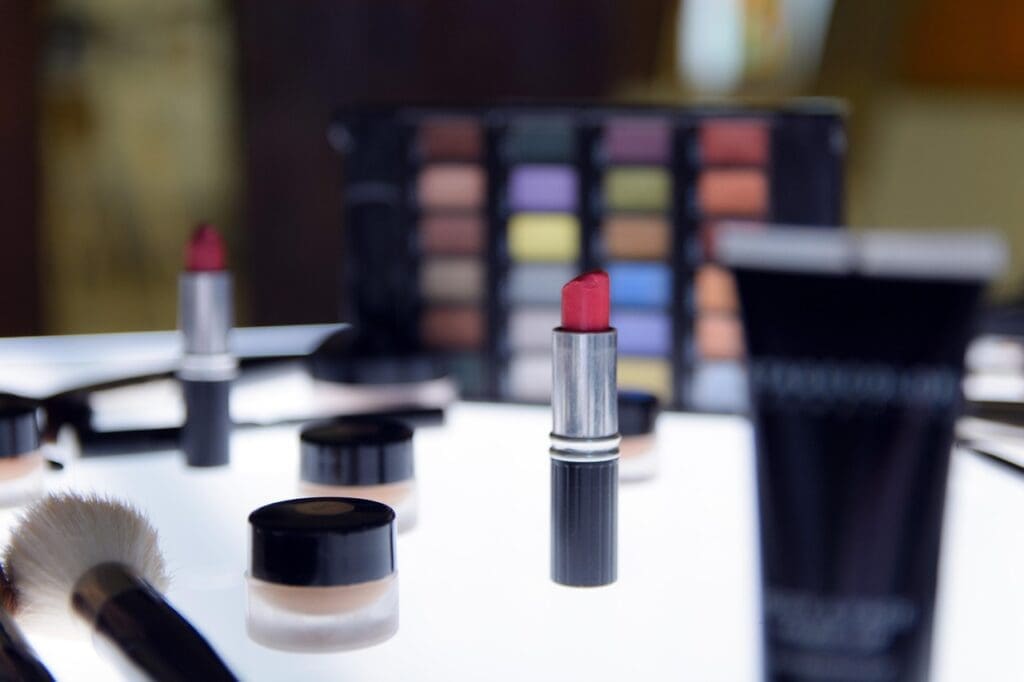New analysis method reveals harmful substances in cosmetics
Researchers at Justus Liebig University Giessen (JLU ) have used an innovative analytical method to detect harmful substances in lifestyle products that previous tests and regulatory requirements do not cover. They examined 140 care products, cosmetics from 20 product segments and over 40 perfumes. They discovered mutagenic, cell-killing, antibacterial, neurotoxic and hormone-altering substances. A detoxification of these substances in the body was not recognizable in a simulated liver metabolism. The results were published in the “Journal of Chromatography A”, among others.
The new method makes it possible to identify unknown harmful substances in complex products and to investigate their effect on cells and receptors directly, without the substances having to be known beforehand. Such harmful substances can be ingredients, impurities, contaminants or degradation products. Particularly in products such as lipsticks, skin care creams, wound creams and nipple creams, the researchers found relevant quantities of harmful substances that have not been regulated to date. Possible effects on the skin microbiome, the body or the environment through absorption via wounds, skin tears or washing off are conceivable, but difficult to prove.

The method combines sample separation with effect detection, which allows pollutants to be quickly clarified and identified. This opens up opportunities to determine their origin and minimize them in future products, the researchers write. With the low-cost, open-source 2LabsToGo-Eco system, the JLU scientists have developed a tool that enables manufacturers and monitoring authorities to easily integrate it into the testing of cosmetics, food, animal feed and environmental samples.
The studies show that some products labeled as free of mineral oil residues contain fewer mutagenic pollutants. Nevertheless, there is an urgent need for action, as consumers use several affected products every day. A minimization concept could reduce harmful substances in the long term and thus strengthen consumer and environmental protection.
Original publication:
Morlock G.E., Chemical safety screening of products – better proactive, J. Chromatogr. A 1752 (2025) 465946. https://doi.org/10.1016/j.chroma.2025.465946
Morlock G.E., Zoller L., Fast unmasking toxicity of safe personal care products, J. Chromatogr. A 1752 (2025) 465886. https://doi.org/10.1016/j.chroma.2025.465886
Morlock G.E., Heil J., Fast unmasking hazards of safe perfumes, J. Chromatogr. A 1754 (2025) 465959. https://doi.org/10.1016/j.chroma.2025.465959
Romero M.C.O., Jakob K., Schmidt J., Nimmerfroh T., Schwack W., Morlock, G.E., Consolidating two laboratories into the most sustainable lab of the future: 2LabsToGo-Eco, Anal. Chim. Acta 1367 (2025) 344103. https://doi.org/10.1016/j.aca.2025.344103
Software:
Read also:
Editorial office: X-Press Journalistenbû¥ro GbR
Gender note. The personal designations used in this text always refer equally to female, male and diverse persons. Double/triple references and gendered designations are avoided for the sake of better readability ected.




